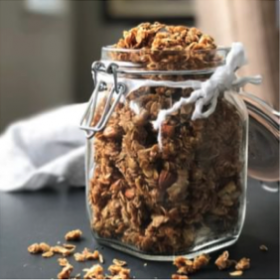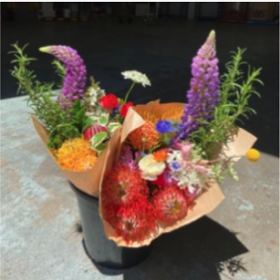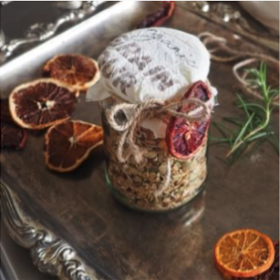Why organic
This is something Wayne from Peninsula Organics put together about carrot growing and it’s one of the best reasons to eat organically I’ve seen. Wayne knows because he was a conventional carrot grower and this was what he used to grow them- cheers Wayne.
The Organic Way to Grow Carrots
Organic carrot ground is rested and turned pre-planting to form a loose friable bed.
Seed is sown and watered. The carrot uses natural biology to grow at its correct pace, giving it natural flavours and textures. They will be hand weeded two to three times as they are a slow growing crop.
The Conventional Way to Grow Carrots
Conventional carrot ground is prepared and formed into a loose friable bed.
A pre-plant artificial fertiliser is added. The carrots are seeded and then sprayed with Nemacur (Ethyl 3-methyl, 4 pheny-phosphoramidate) to kill Nematodes, a ground parasite. Also, Stomp (pendimethalin) and Afalon (Linuron) to control weeds. Some weeks after emergence, Gesagard (Prometryn) and Fusilade (Fluazifop-P) are sprayed to kill the remaining weeds. Another application of artificial fertiliser is banded between rows.
As the carrots grow, they undergo a weekly to fortnightly spray programme of insecticides and fungicides such as Hymal (Maldison), Rogor (Dimethoate) and Diathane (Mancozeb) until one to two weeks before harvest.
The artificial fertiliser will speed up the growth of the carrots up to 4 weeks faster than an organic carrot grown at the same time of year.
Why seasonal
We know all the reasons to eat local, seasonal food – because it’s generally fresher, tastier and more nutritious, it reduces the energy needed to grow, package, store and transport food, it supports the local economy, tunes us into nature’s seasons and is almost always cheaper than food that has travelled a long way, but really how do you do without zucchini or beans in the middle of August?
This is what I do…
I make the most of what’s there because winter is a actually a great time for food – the most beautiful colours come out – think of a plateful of roast veg – blood red beets, red skinned creamy fleshed spuds, smoky yellow parsnips and bright orange pumpkin. Winter greens are all a bit deeper, more intense; the spinach, kale, bok choi, silverbeet, coriander and Italian parsley. And the fruit; the full spectrum of the apples at their peak, the shine of navels, lemons, mandarins, the blinding orange of a tangelo and the tangy and subtle shades of the kiwi, pear and feijoas.
One door opens, another one closes
Whenever something goes out of season, something new comes back in. As the last of the summer tomatoes and basil disappear the first of the kale and coriander begin to appear, soon after the cauliflower start coming strong and local carrots arrive – there is no sweeter taste in winter than a fresh dutch carrot. All of a sudden leeks and celery flood in and it’s time to make soups and when it begins to get really cold I start looking out for the mandarins and kiwi. When the tangelos finally arrive in late winter I know we are not far away from seeing the first blossoms on our almond trees.
Our saviour the blessed asparagus
By the time spring rolls around and the choice of produce is at its skinniest; my saviour bursting forth from the earth like a divine spear is the asparagus followed loyally by broad beans and the first of the spring lettuce. From here it’s not long before the first apricots and berries arrive and summer is on us again. At the end of the day eating seasonally is not about abstinence it’s about enjoyment and anticipation. Where’s that asparagus…..?
Cheers
Chris



